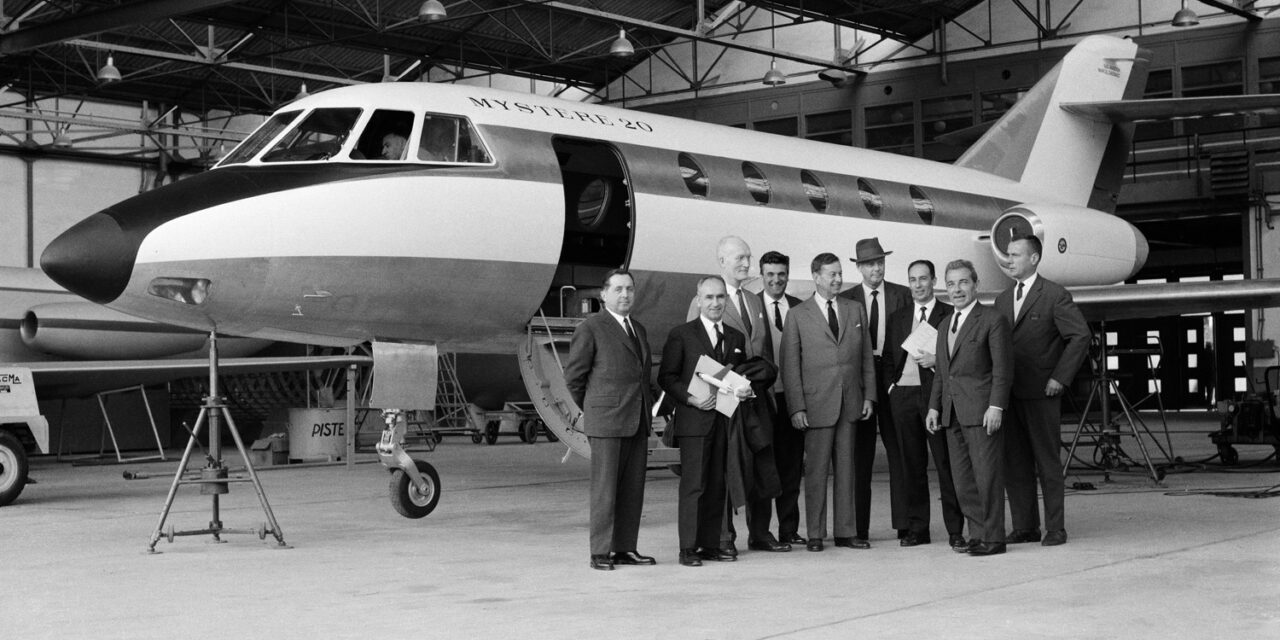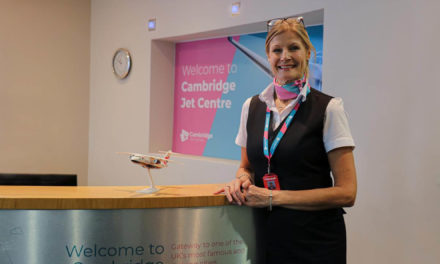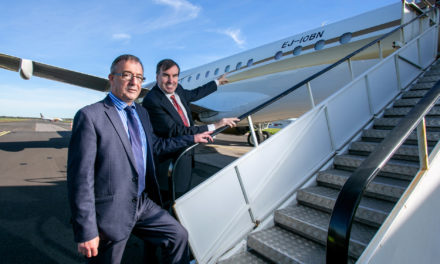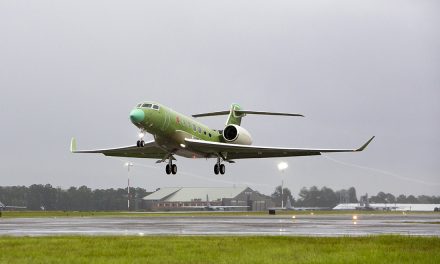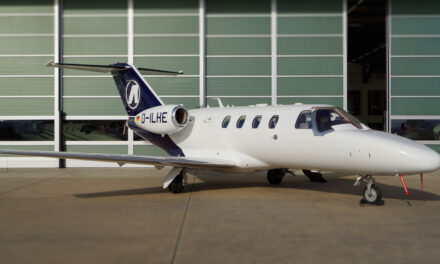“For an aircraft to fly well, it must be beautiful ” Marcel Dassault famously said. Already well known for the sleek Mirage fighters, Dassault—the man and the company—proved the adage once again on May 4, 1963, with the first flight of the Mystère 20, the company’s first business jet. With an eye toward the sizable American market, the Mystère 20 would soon be rebranded the Falcon 20.
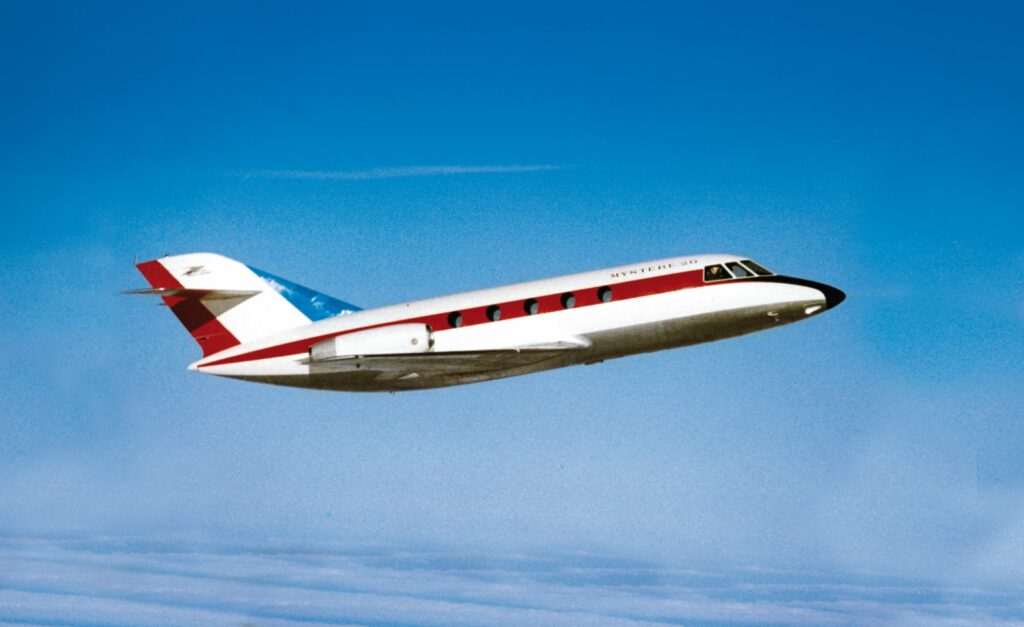
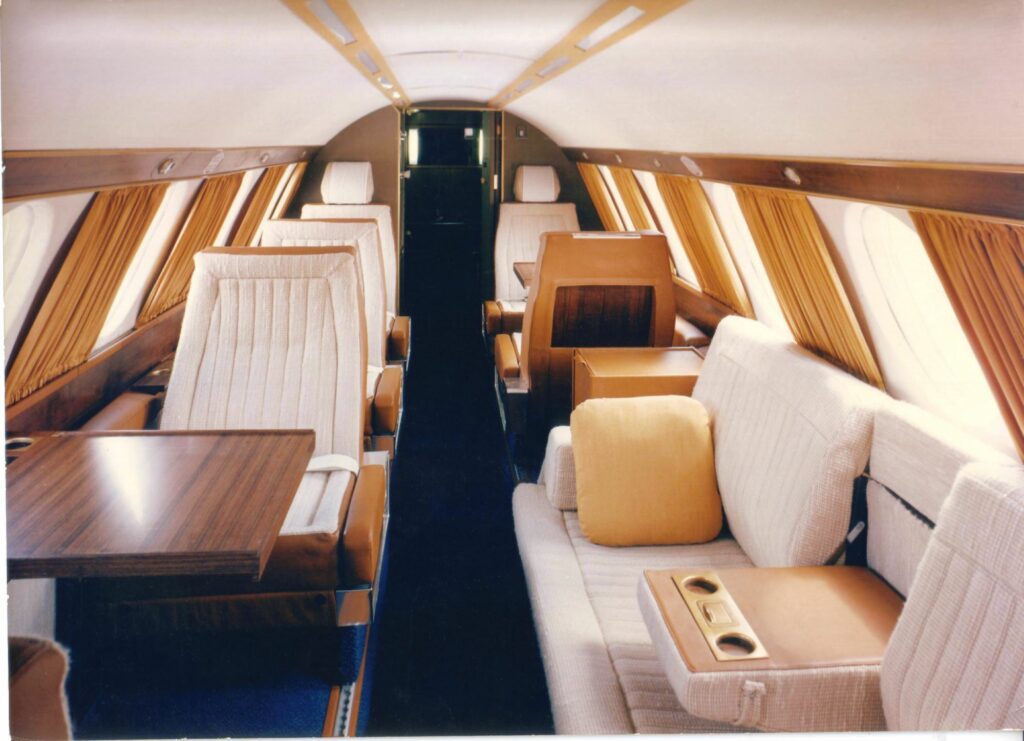
Sixty years and more than 2,700 business jets later, Dassault Aviation continues the tradition of building beautiful, advanced-technology aircraft.
“The formula has not changed,” said Dassault Aviation’s Chairman and CEO Eric Trappier. “Every Dassault aircraft must have superb handling, beautiful lines, and rugged construction. And, of course, it has to provide state-of-the-art comfort.”
The Falcon 20 wowed some of the top aviation leaders of the time, including Charles Lindbergh, Pan Am chief executive Juan Trippe, and FedEx founder Fred Smith. It went on to spawn 27 different model types that found eager buyers among entrepreneurs, government agencies, and several nations’ armed forces. Its pioneering safety features, including the use of rugged fighter structures and systems, set the standard for countless future safety improvements, from head-up cockpit displays to digital flight controls—technology that subsequently became widespread across the industry.
Today, Dassault’s strong corporate values, design ethos, and relentless focus on elegant lines, inside and out are embodied in two brand new models, the 5,500 nm Falcon 6X and the 7,500 nm Falcon 10X. These aircraft feature the largest cabin cross-sections in business aviation, setting a new standard for long-range passenger comfort.
The 6X, which enters service this year, is equipped with Dassault’s most advanced digital flight control system to date. The 10X, which is in the early stages of assembly, will come with even more advanced systems and safety features.

